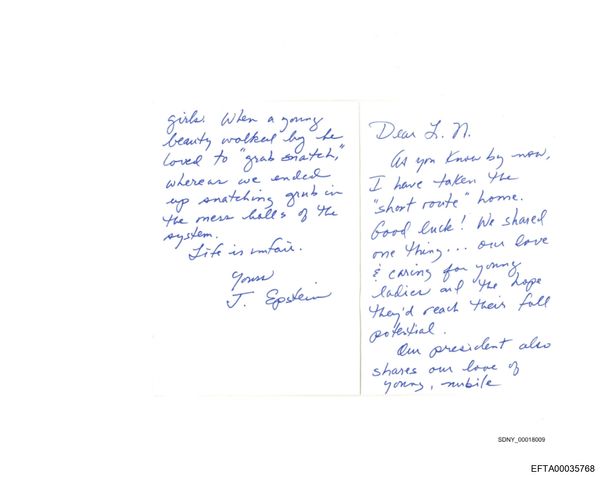
Six states in the western United States that rely on water from the Colorado River have agreed on a model to dramatically cut water use in the basin, months after the federal government called for action and an initial deadline passed.
California — with the largest allocation of water from the river — is the lone holdout. Officials said the state would release its own plan.
The Colorado River and its tributaries pass through seven states and into Mexico, serving 40 million people and a $5bn-a-year agricultural industry. Some of the largest cities in the country, including Los Angeles, Phoenix, Denver and Las Vegas, two Mexican states, Native American tribes and others have depended on the river that has been severely stressed by drought, demand and overuse.
States missed a mid-August deadline to heed the US Bureau of Reclamation’s call to propose ways to conserve two million to four million acre-feet of water. They regrouped to reach a consensus by the end of January to fold into a larger proposal Reclamation has in the works.
Arizona, Nevada, New Mexico, Colorado, Utah and Wyoming sent a letter on Monday to Reclamation, which operates the major dams in the river system, to outline an alternative that built on existing guidelines, deepened water cuts and factors in water that is lost through evaporation and transportation.
Those states have proposed raising the levels where water reductions would be triggered at Lake Mead and Lake Powell, which are barometres of the river’s health. The model would creates more of a protective buffer for both reservoirs — the largest built in the US.
It also sought to fix water accounting and ensure that any water the Lower Basin states intentionally stored in Lake Mead would be available for future use.
The modelling would result in about 2 million acre-feet of cuts in the Lower Basin, with smaller reductions in the Upper Basin. Mexico and California are factored into the equations, but neither signed on to Monday’s letter.
John Entsminger, general manager of the Southern Nevada Water Authority, said all states have been negotiating in good faith. “I don’t view not having unanimity at one step in that process to be a failure,” he said late on Monday. “I think all seven states are still committed to working together.”
California released a proposal last October to cut 400,000 acre-feet. An acre-foot is enough water to supply two to three US households for a year.
JB Hamby, chair of the Colorado River Board of California, said the state will submit a model for water reductions in the basin that is practical, based on voluntary action, and aligns with laws governing the river and the hierarchy of water rights.
“California remains focused on practical solutions that can be implemented now to protect volumes of water in storage without driving conflict and litigation,” he said in a statement on Monday.
Nothing will happen immediately with the consensus reached among the six states. However, not reaching a consensus carried the risk of having the federal government alone determine how to eventually impose cuts. By not signing on, California does not avoid that risk.

Continuing discussions
The debates about how to cut water use by roughly one-third have been contentious. The Upper Basin states of Wyoming, New Mexico, Colorado and Utah have said the Lower Basin states – Arizona, California and Nevada – must do the heavy lifting. That conversation in the Lower Basin has centred on what was legal and what was fair.
The six states that signed Monday’s proposal acknowledged ideas they put forth could be excluded from final plans to operate the river’s major dams. Negotiations are continuing, they noted, adding that what they proposed does not override existing rights states and others have to the Colorado River.
“There’s a lot of steps, commitments that need to be made at the federal, state and local levels,” said Entsminger of Nevada.
Monday’s proposal included accounting for the water lost to evaporation and leaky infrastructure as the river flows through the region’s dams and waterways. Federal officials have estimated that more than 10 percent of the river’s flow evaporates, leaks or spills, yet Arizona, California, Nevada and Mexico have never accounted for that water loss.
The six states argued that Lower Basin states should share those losses, essentially subtracting those amounts from their allocations, once the elevation at Lake Mead sinks below 349 metres (1,145 feet). The reservoir was well below that on Monday.
Reclamation will consider the six states’ agreement as part of a larger proposal to revise how it operates Glen Canyon and Hoover Dams – behemoth power producers on the Colorado River. The reservoirs behind the dams, Lake Powell and Lake Mead, have reached historic lows amid a more than two-decade-long drought and climate change.
Reclamation plans to put out a draft of that proposal by early March, with a goal of finalising it by mid-August when the agency has typically announced the amount of water available for the following year. Reclamation has said it would do what was needed to ensure the dams could continue to produce hydropower and deliver water.
Those annual August announcements have led to mandatory cuts for the past two years for Arizona, Nevada and Mexico in the Lower Basin. California has so far been spared from cuts because it has some of the oldest and most secure water rights, particularly in the Imperial Valley where much of the country’s winter vegetables are grown, along with the Yuma, Arizona region.
Without California’s participation, the six states’ proposal could only go so far to meet the hydrological realities of the river. Water managers in the Lower Basin have said the scale of conservation Reclamation was seeking could not be met without California, tribes and farmers who draw directly from the Colorado River.
Also unclear is how much Mexico eventually would contribute to the savings. In the best water years, Mexico has received its full allocation of 1.5 million acre-feet under a treaty reached with the US in 1944.







